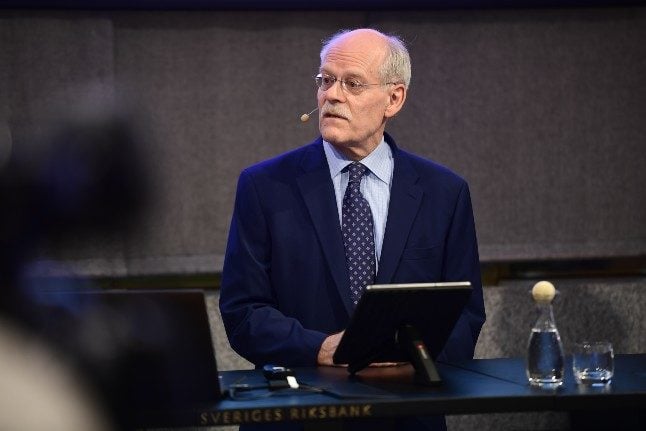The US rate cuts saw Asian markets rise on Wednesday, despite the Nasdaq and Dow Jones finishing in negative territory.
“Given that prices have fallen so far it was likely that they would rise, at least temporarily. Now they have got big help from the rate cut. I therefore think that there ought to be ipward movement,” said Malmqvist.
The rise will continue for at least a few weeks, Malmqvist said.
“After that it gets a bit more tricky, as there are always new statistics and reports, which can affect things. And it takes a while before rate cuts can have an effect on growth curves. That’s why continued negative statistics from the US could be worrying.
Another factor that will affect the future course of the market is that people who have been worried by the previous falls will start to sell when the market rises.
“That often leads to a recoil from this kind of upswing. The markets then start to fall again,” he said, but added that he thought the falls in future months would not reach the level of the current low.


 Please whitelist us to continue reading.
Please whitelist us to continue reading.